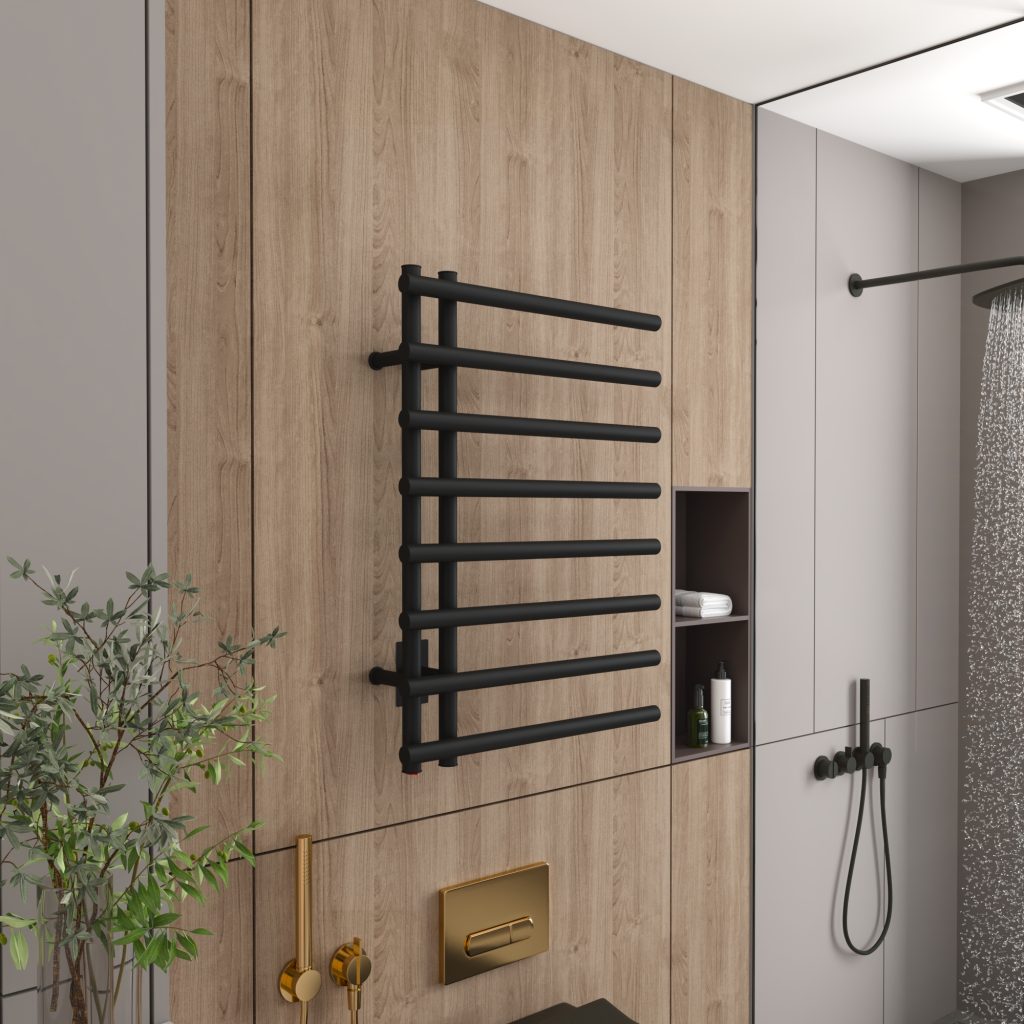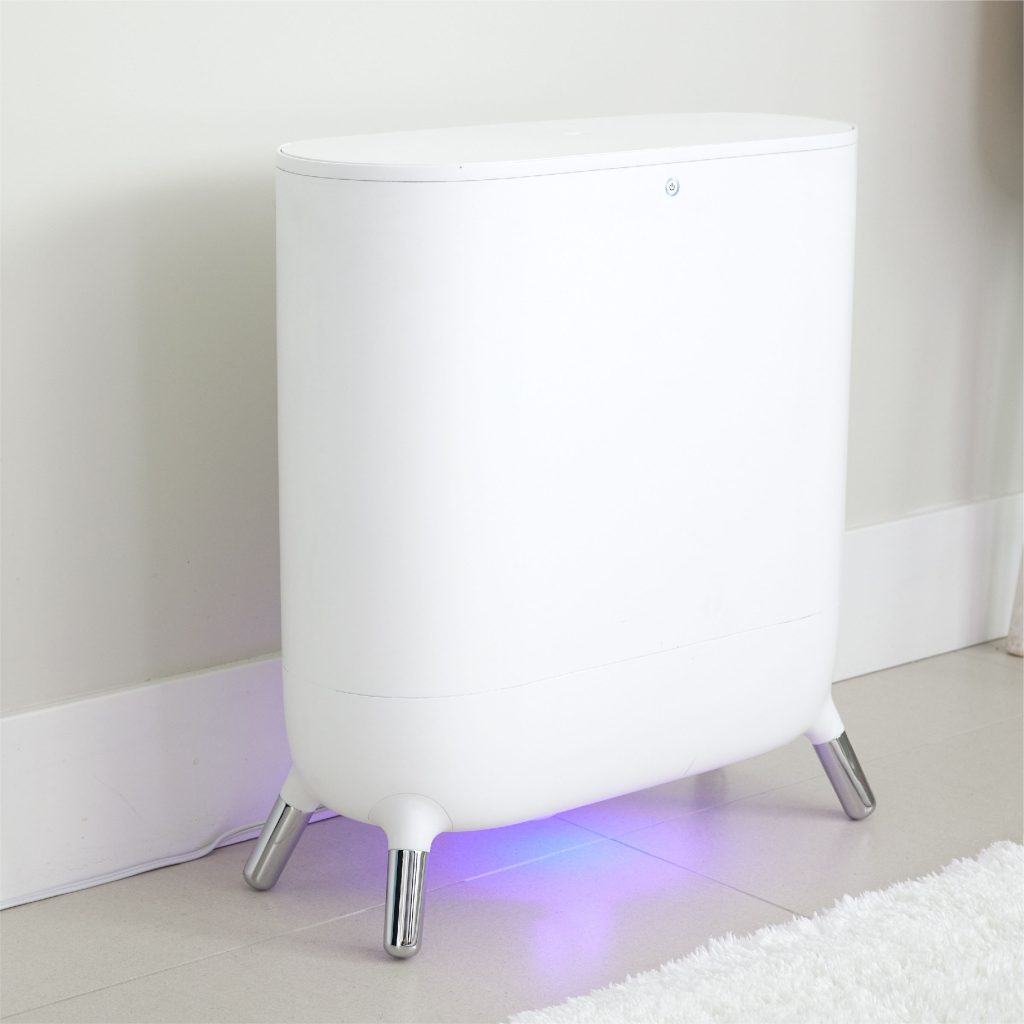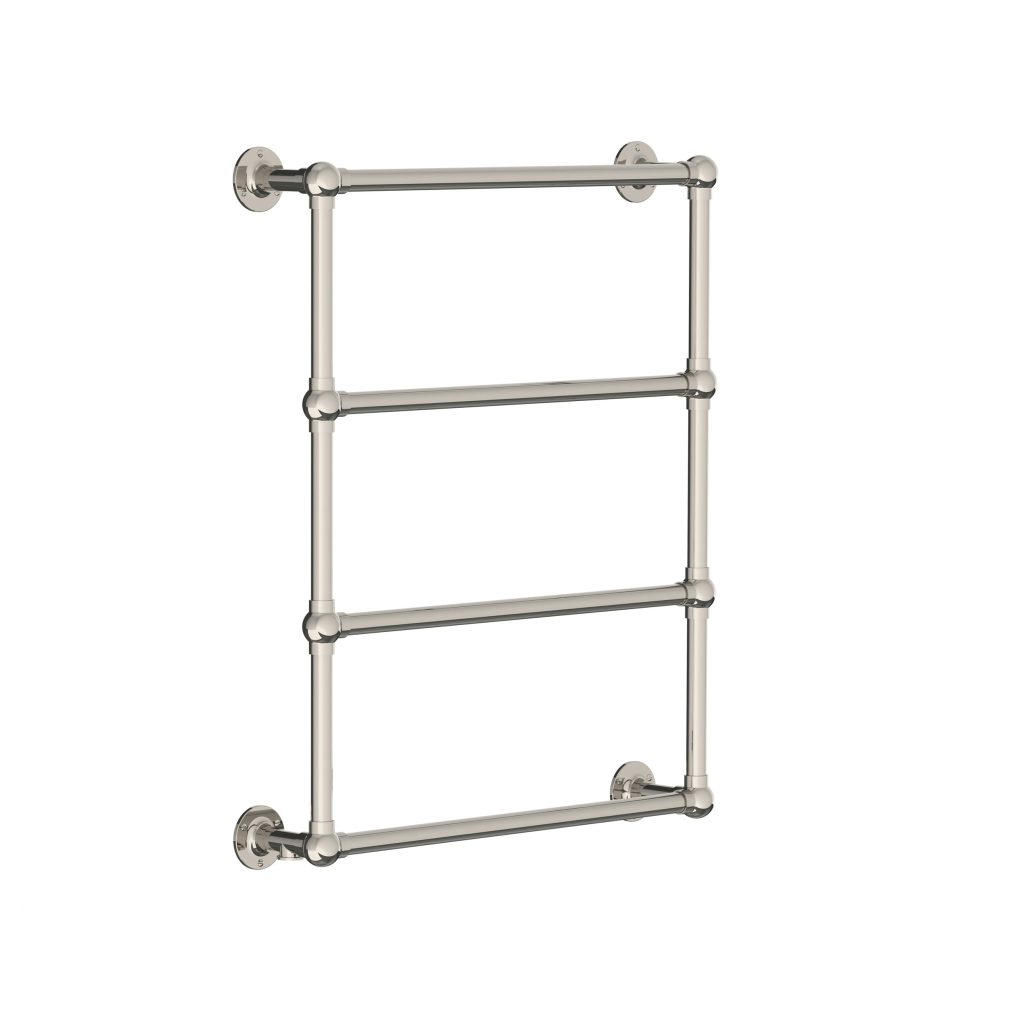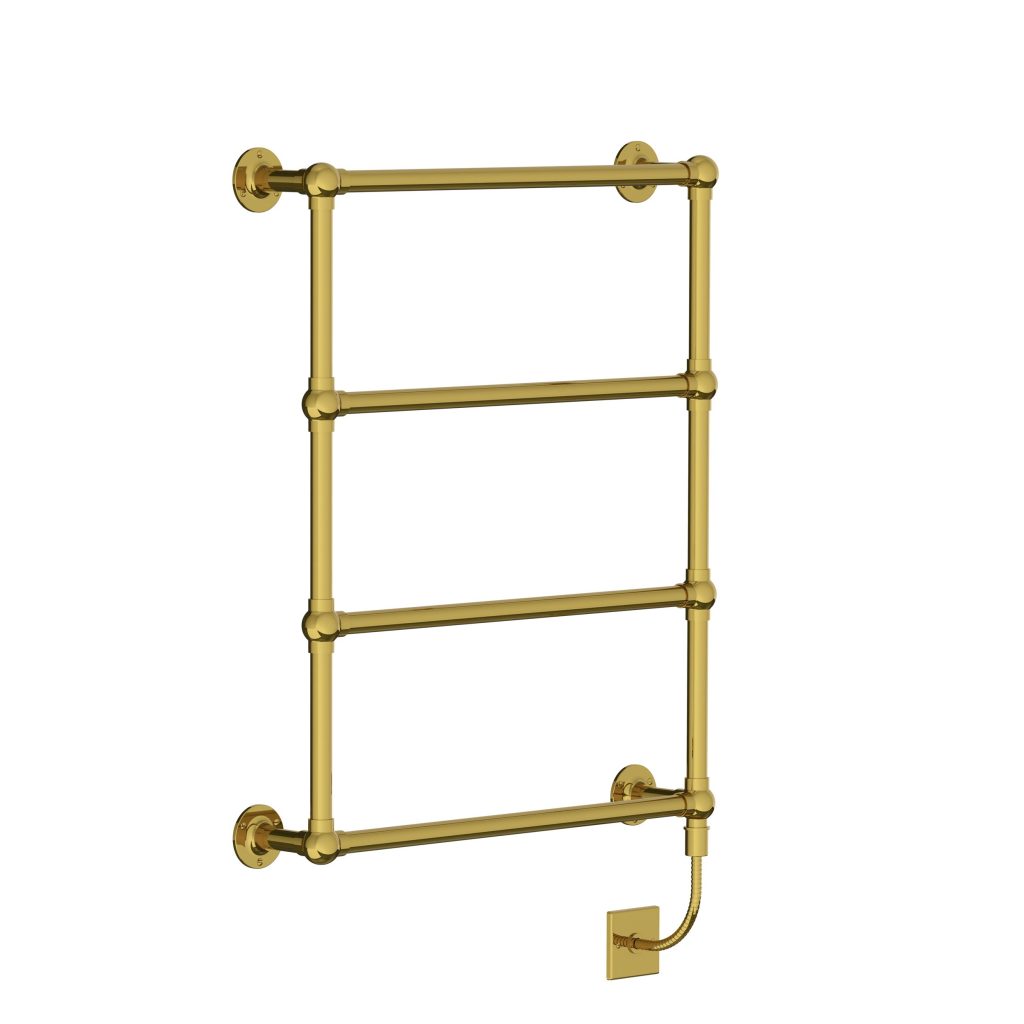Introduction
En 2024 towel warmers are towel warmers safe and luxurious addition to any bathroom, providing warmth and comfort after a relaxing shower or bath. However, like any electrical appliance, they must be used safely to prevent accidents and ensure optimal performance. Here are the top safety precautions to keep in mind when using a towel warmer:
Proper Installation
- Professional Installation: If your towel warmer requires hardwiring, it’s best to have it installed by a licensed electrician to ensure it meets local electrical codes and is safely connected to the power supply.
- Follow Manufacturer’s Instructions: Always follow the manufacturer’s installation instructions carefully. This includes proper mounting, wiring, and any specific clearance requirements from flammable materials.
Electrical Safety
- Ground Fault Circuit Interrupter (GFCI): Install your towel warmer on a GFCI outlet to reduce the risk of electrical shock. GFCIs monitor the flow of electricity and will automatically cut off power if an imbalance is detected, preventing electrocution.
- Check Cords and Connections: Regularly inspect the power cord and any visible wiring for signs of damage, such as fraying or exposed wires. If you notice any issues, discontinue use immediately and have it repaired by a professional.
Placement and Clearances
- Away from Water Sources: Ensure your towel warmer is installed at a safe distance from water sources like showers, bathtubs, and sinks to avoid accidental contact with water.
- Adequate Clearance: Maintain the recommended clearance around the unit to prevent overheating of nearby objects and reduce fire risks. This information should be provided in the manufacturer’s instructions.
Usage Guidelines
- Do Not Overload: Avoid draping excessive amounts of towels or heavy items on the warmer, as this can overload the unit and potentially cause overheating.
- Supervise Children and Pets: Keep children and pets away from the towel warmer when it’s in use to prevent burns or accidental contact with the heated surfaces.
- Turn Off When Not in Use: To conserve energy and ensure safety, turn off the towel warmer when it’s not needed, especially before leaving the house or going to bed.
Maintenance and Cleaning
- Regular Cleaning: Clean your towel warmer regularly to prevent the buildup of dust and lint, which can become a fire hazard when heated. Use a soft, dry cloth to wipe down the unit, avoiding the use of abrasive cleaners or water.
- Inspect for Damage: Conduct periodic checks for any signs of damage to the unit, including rust, cracks, or loose parts. Address any issues promptly to maintain safety and efficiency.
Understand the Controls
- Familiarize with Settings: Before using the towel warmer for the first time, familiarize yourself with its controls and settings. Knowing how to operate it correctly can prevent misuse and potential hazards.
Emergency Preparedness
- Know How to Disconnect Power: In case of an emergency, know where the main power switch or circuit breaker for the towel warmer is located, so you can quickly disconnect power if necessary.
By adhering to these safety precautions, you can enjoy the warmth and luxury of a towel warmer without compromising on safety. Remember, regular maintenance and responsible usage are key to ensuring your towel warmer operates efficiently and securely for years to come.

Installation and Placement
a. Electrical Requirements:
- Ensure Proper Voltage: Before installation, verify that your towel warmer matches the electrical specifications of your home. Most models operate on standard household voltage (120V or 240V).
- Professional Installation: For hardwired models or if unsure about electrical connections, hire a licensed electrician to install the unit safely.
b. Mounting Considerations:
- Secure Mounting: If wall-mounted, ensure the towel warmer is securely anchored to the wall studs or using appropriate mounting hardware as per manufacturer instructions.
- Avoid Obstructions: Place the towel warmer away from water sources and bathroom fixtures to prevent accidental splashing and contact with moisture.
Operational Guidelines
a. Temperature Control:
- Set Temperature Safely: Adjust the towel warmer to a comfortable temperature suitable for towels and clothing without overheating.
- Timer Usage: Use built-in timers or external timers to automate heating cycles and prevent continuous operation.
b. Heating Element Safety:
- Element Accessibility: Ensure the heating elements are enclosed or safely shielded to prevent accidental contact, especially in models with exposed bars.
c. Ventilation Requirements:
- Space Around the Unit: Maintain adequate ventilation around the towel warmer to allow heat dissipation and prevent overheating of surrounding surfaces.
- Clear Airflow: Avoid blocking ventilation grilles or air outlets on the unit, which could hinder heat distribution.
Maintenance and Cleaning
a. Regular Inspection:
- Check Electrical Components: Periodically inspect electrical connections, cords, and plugs for wear or damage. Replace any damaged parts immediately.
- Cleanliness: Keep the towel warmer clean by wiping down the surface regularly with a soft, damp cloth. Avoid abrasive cleaners that could damage the finish.
b. Water and Moisture Control:
- Dry Towels: Ensure towels are dry before placing them on the warmer to prevent moisture buildup, which can damage the unit over time.
- Condensation Management: In humid environments, periodically wipe down the towel warmer to remove condensation and prevent rust or corrosion.
Safety Practices
a. Child Safety:
- Childproofing: If children are present, consider models with built-in safety features such as automatic shutoff timers or temperature controls to prevent accidental burns.
- Height Considerations: Mount towel warmers at a height that is out of reach of young children to minimize the risk of contact with hot surfaces.
b. Towel Arrangement:
- Avoid Overloading: Do not overcrowd the towel warmer with too many towels or clothing items, as this can impede heat circulation and affect performance.
- Proper Arrangement: Arrange towels loosely on the bars to ensure even heating and efficient drying.
Emergency Preparedness
a. Safety Devices:
- Ground Fault Circuit Interrupter (GFCI): Install a GFCI outlet near the towel warmer to protect against electrical shocks in wet environments like bathrooms.
- Smoke Detectors: Ensure smoke detectors are installed and operational in areas where towel warmers are used, especially if left unattended.
b. Response Planning:
- Emergency Procedures: Educate household members on responding to emergencies such as electrical malfunctions or overheating. Know how to safely disconnect power if necessary.

Compatibility with Bathroom Environment
- Moisture Resistance: Ensure that your towel warmer is specifically designed for bathroom use, meaning it is built to withstand humid environments without corroding or becoming a safety hazard. Look for units with waterproof or water-resistant ratings.
Temperature Control
- Adjustable Thermostat: Some advanced models come with adjustable thermostats that allow you to control the temperature of the warmer, preventing overheating and ensuring energy efficiency. Familiarize yourself with this feature and set the temperature according to the manufacturer’s recommendations and your personal comfort level.
Cord Management
- Secure and Concealed: If your towel warmer uses a plug-in cord, ensure the cord is managed safely and isn’t a tripping hazard. Consider using cord covers or routing the cord along the wall and securing it with clips to keep it out of the way.
Heat Distribution
- Even Heating: Check that the towel warmer distributes heat evenly across its surface. Uneven heating can create hot spots, posing a burn risk. If you notice any such irregularities, it could indicate a malfunction and should be inspected by a professional.
Ventilation
- Allow for Airflow: Ensure there is adequate ventilation around the towel warmer. Good air circulation helps prevent overheating and minimizes the accumulation of moisture near the unit, reducing the risk of mold growth and electrical issues.
Childproofing Measures
- Safety Features: If you have young children, consider a model with additional safety features like cool-to-touch surfaces or automatic shut-off functions. It’s also wise to install safety gates or barriers to restrict access to the bathroom when the warmer is in use.
Regular Inspections
- Annual Checks: Schedule an annual inspection of your towel warmer by a qualified electrician, especially if it’s a hardwired model. This can help identify any potential electrical issues before they become safety hazards.
Safe Disposal and Replacement
- Proper Disposal: When replacing your towel warmer, dispose of the old unit responsibly. Many electronic devices contain components that require special handling due to environmental concerns. Check with your local authorities for guidelines on electronic waste disposal.
By integrating these additional precautions into your routine, you can further enhance the safety and longevity of your towel warmer, turning your bathroom into a haven of warmth and relaxation without compromising on safety standards.

Conclusion
By following these safety precautions, you can enjoy the benefits of a towel warmer while minimizing risks to yourself and your household. Prioritize proper installation, regular maintenance, and safe operational practices to ensure a comfortable and secure experience. Always refer to manufacturer guidelines and consult professionals when in doubt about installation or usage procedures. With attention to safety, your towel warmer can provide years of warmth and convenience in your home.



